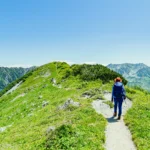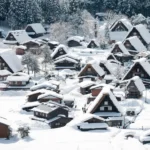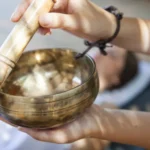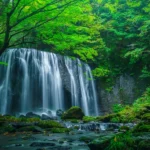Located in the western part of Japan, the Kansai region is deeply rooted in historic cityscapes, abundant nature, and a unique food culture. On this page, we’ll give you tips to enrich your journey in Kansai through its diverse terrain and climate, the food culture born from it, and activities that balance your mind and body.
Kansai’s Diverse Seasonal Expressions Woven by Climate and Environment
The Kansai region boasts varied natural environments and climates depending on the area.
The northern part faces the Sea of Japan, the southern part faces the Pacific Ocean, and there are inland basins and mountainous areas.
In the Sea of Japan coastal areas, heavy snowfall is common in winter due to seasonal winds from Siberia, while summers are generally mild with many clear days. On the other hand, the Pacific Ocean side is influenced by the warm Kuroshio Current, tending to have high annual precipitation. The southern Kii Peninsula, in particular, is known for exceptionally high annual rainfall nationwide and frequent typhoon passages.
In basin areas like Kyoto, Nara, and Shiga, summers are hot and humid due to phenomena like the Foehn effect, and winters are severely cold due to radiative cooling. A characteristic feature is the large daily and annual temperature differences. Furthermore, in high-altitude mountainous areas like the Rokko Mountains and Yoshino Mountains, temperatures are lower, and you’ll even see snow in winter.
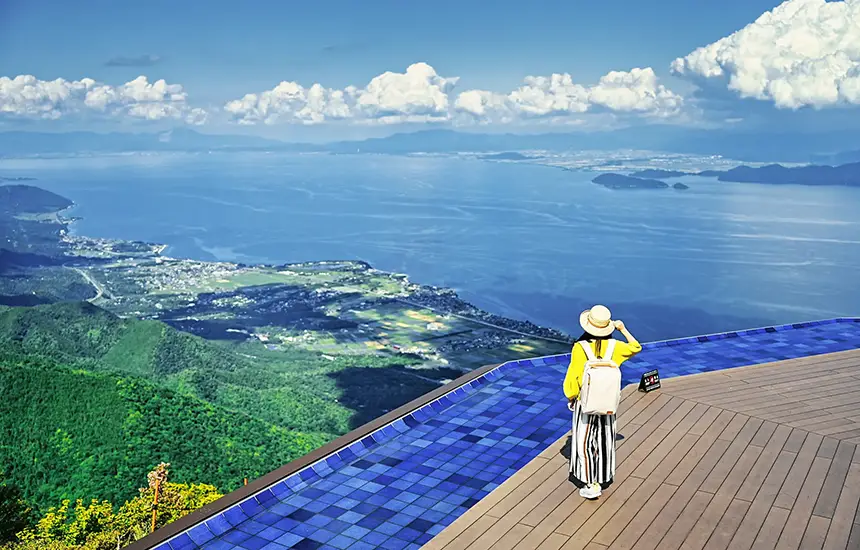
Nourishing “Dashi” and Local Delicacies
Kansai’s food culture is characterized by delicate and gentle flavors primarily based on dashi (broth). You’ll find numerous regional dishes that utilize seasonal local ingredients and are nutritionally balanced, as well as fermented foods passed down through generations.
Savoring these foods not only promotes internal well-being but also offers a culinary wellness experience that satisfies your five senses, providing deep relaxation and vitality.
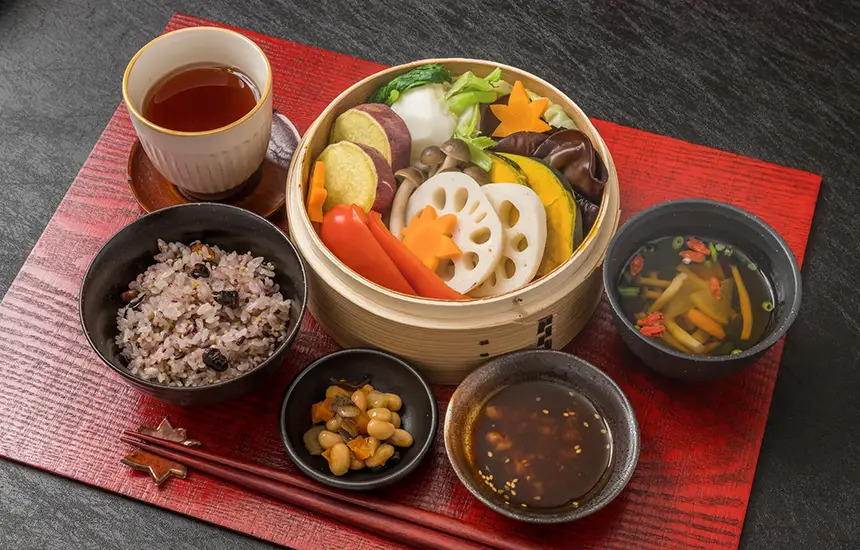
Kyoto Prefecture
Famous for dishes using Kyo-yasai (Kyoto vegetables) like Kamo-nasu (Kamo eggplant) and Kujo-negi (Kujo green onions), as well as yudofu (boiled tofu) warmed in kelp dashi. You’ll find many wholesome dishes that maximize the natural flavors of the ingredients.
Osaka Prefecture
Based on a combination of kelp and bonito flake dashi, the dashi culture is even alive in “konamon” (flour-based dishes) like okonomiyaki and takoyaki. Additionally, Senba-jiru, a nourishing local soup once popular among busy
merchants in Osaka’s former wholesale district, is still loved today for its rich flavor from salted mackerel and the sweetness of daikon radish.
Hyogo Prefecture
Akashiyaki is a light and easily digestible dish made with a fluffy, egg-rich batter, dipped in warm dashi. Tanba Sasayama Botan Nabe is a highly nutritious wild boar hot pot enjoyed in winter.
Nara Prefecture
Chagayu (tea porridge), made by cooking rice with hojicha (roasted green tea), has a smooth texture that’s gentle on your stomach and warms you from within. Kakinoha-zushi, sushi wrapped in persimmon leaves with mackerel or salmon over vinegared rice, is also famous, showcasing natural wisdom with the persimmon leaf’s antibacterial properties.
Shiga Prefecture
Funazushi, a type of ancient Japanese “narezushi” (fermented fish and rice preserved food), is made by pickling Nigorobuna (a carp-like fish endemic to Lake Biwa) with rice. It’s rich in lactic acid bacteria, believed to aid intestinal health and help maintain immune function.
Wakayama Prefecture
You’ll find many health-conscious traditional foods, such as Mehari-zushi (rice balls wrapped in pickled takana greens) and Koyadofu (freeze-dried tofu), which is high in protein, low in calories, and used in Shojin-Ryori (Buddhist vegetarian cuisine).
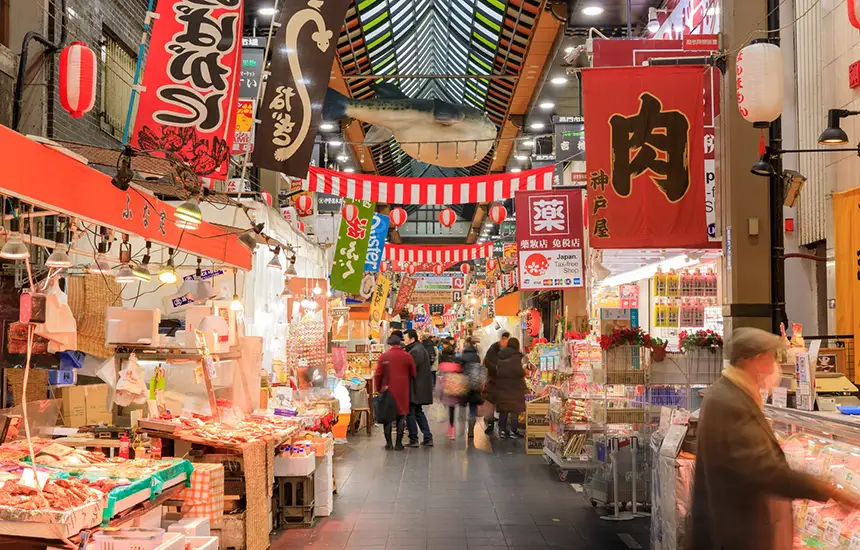
Diverse Wellness Activities
Kansai offers a variety of activities that bring deep healing and refreshment, stimulating your five senses in magnificent natural settings, balancing your mind and body, and filling you with vitality from within.
Soothing Onsen (Hot Springs)
The Kansai region is dotted with numerous famous hot springs, attracting visitors from all over Japan. These include Arima Onsen (Hyogo Prefecture), with its long history and renowned water quality, and Shirahama Onsen (Wakayama Prefecture), known for its beautiful coastal scenery. By slowly soaking in the hot springs in historic onsen towns to
adjust your physical condition, or enjoying an open-air bath with beautiful views, you can relieve daily fatigue and restore balance to your mind and body.
Activities in Nature
The Kumano Kodo pilgrimage routes, spread across the Kii Peninsula, are UNESCO World Heritage sites that people have walked for over a thousand years. As you trek through deep green forests, you’ll encounter stone paths where ancient faiths still breathe and places where pilgrims once prayed, offering a precious experience of feeling history and mystical spirituality firsthand.
At Lake Biwa, Japan’s largest lake, water activities like SUP, canoeing, and sailing are popular. You’ll feel a refreshing sense of clarity and openness, as if your soul is cleansed, enveloped by the vast water surface.
You can experience a traditional boat ride on the Kumano River in Wakayama Prefecture, letting the current guide you as you admire the majestic nature from the water. Kansai also has diverse mountains like Mt. Rokko and Mt. Yoshino, where you can enhance your mental and physical vitality while appreciating the seasonal natural beauty, from magnificent summit views to fresh spring greenery and autumn foliage.
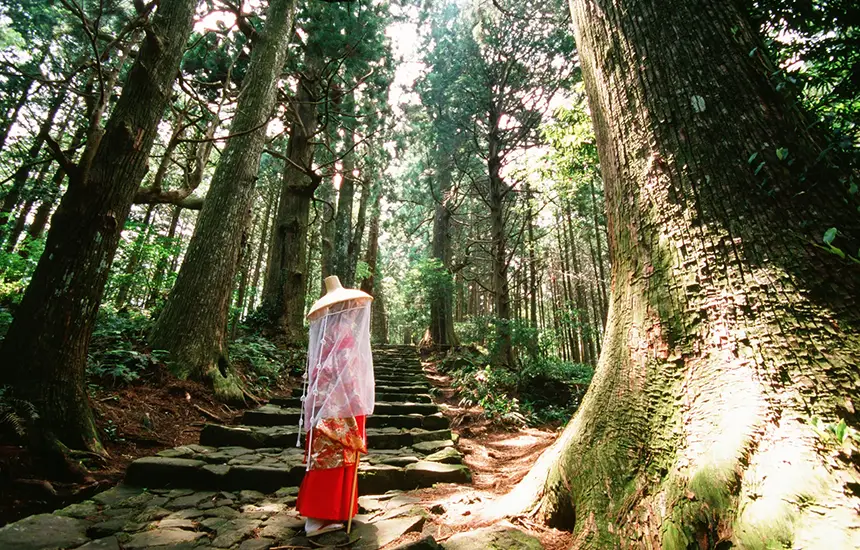
Wellness Through Culture and Spirituality
Kyoto and Nara are home to numerous Zen temples where you can practice Zazen (Zen meditation) and venerable ancient temples with over a thousand years of history, many of which offer Zazen and Shakyo (sutra copying) experiences to the public. Taking time to regulate your breathing and reflect on yourself in a tranquil environment is a valuable moment to free your mind from the stresses of modern society.
Simply taking a leisurely stroll through the traditional townscapes of Kyoto and Nara can also be a special wellness experience, gently balancing your mind and body away from the hustle and bustle of daily life. Immersing your five senses in historical buildings, gardens, and traditional culture to enhance your spiritual fulfillment is a unique charm of Kansai.
Zazen & Shakyo Experience
By practicing Zazen at a Zen temple and clearing your mind, you can achieve mental unity and inner peace. Shakyo helps you increase concentration and calm your mind.
Garden Meditation
Meditating while gazing at a meticulously designed beautiful garden, such as a karesansui (dry landscape) garden in Kyoto, allows you to connect with nature’s harmony and gain a sense of calm. Meditation in this silence will bring deep peace and new insights.
Tea Ceremony Experience
The tea ceremony, quietly performed in a tea room, cultivates the spirit of hospitality and has a meditative effect, sharpening your five senses. Focusing on the sequence of movements calms your mind, allowing you to experience Japan’s unique aesthetic sense and its emphasis on connecting with people and nature.
Kodo (Incense Ceremony) Experience
Kodo, Japan’s ancient incense culture, involves appreciating subtle differences in fragrance to quiet the mind. Feeling the changing scents enhances concentration and allows you to touch upon refined Japanese aesthetics.
Traditional Craft Experience
Through creating traditional crafts like Kyoto’s Kyo-Yuzen (dyeing technique), Kiyomizu-yaki (pottery), Osaka’s Sakai Hamono(cutlery), and Nara’s ink, you can experience the joy of creation and cultivate concentration. Touching the artisans’ skills and creating something with your own hands leads to a sense of fulfillment.
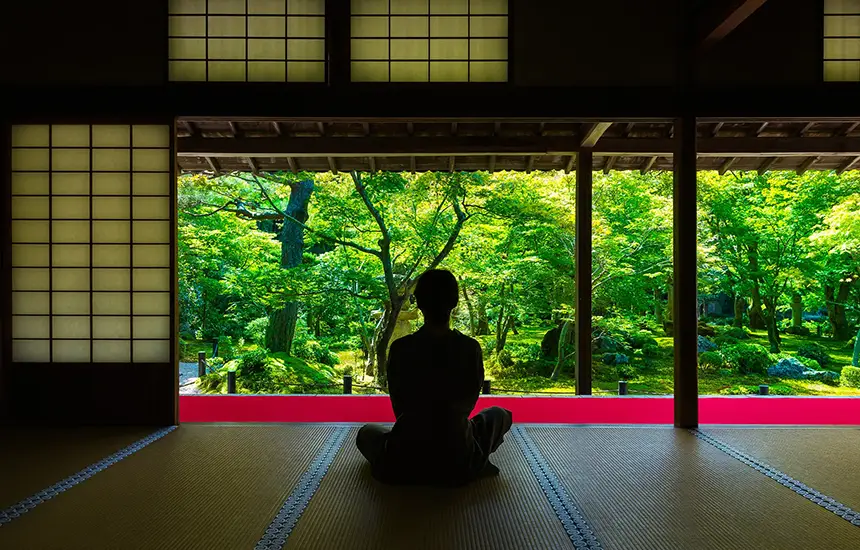





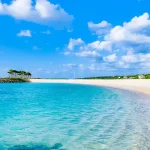
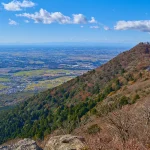
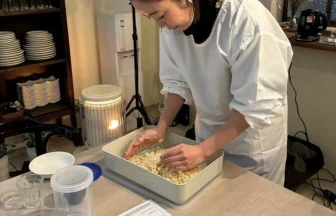

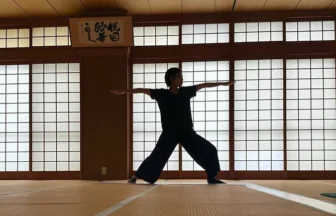
 Sponsored
Sponsored



